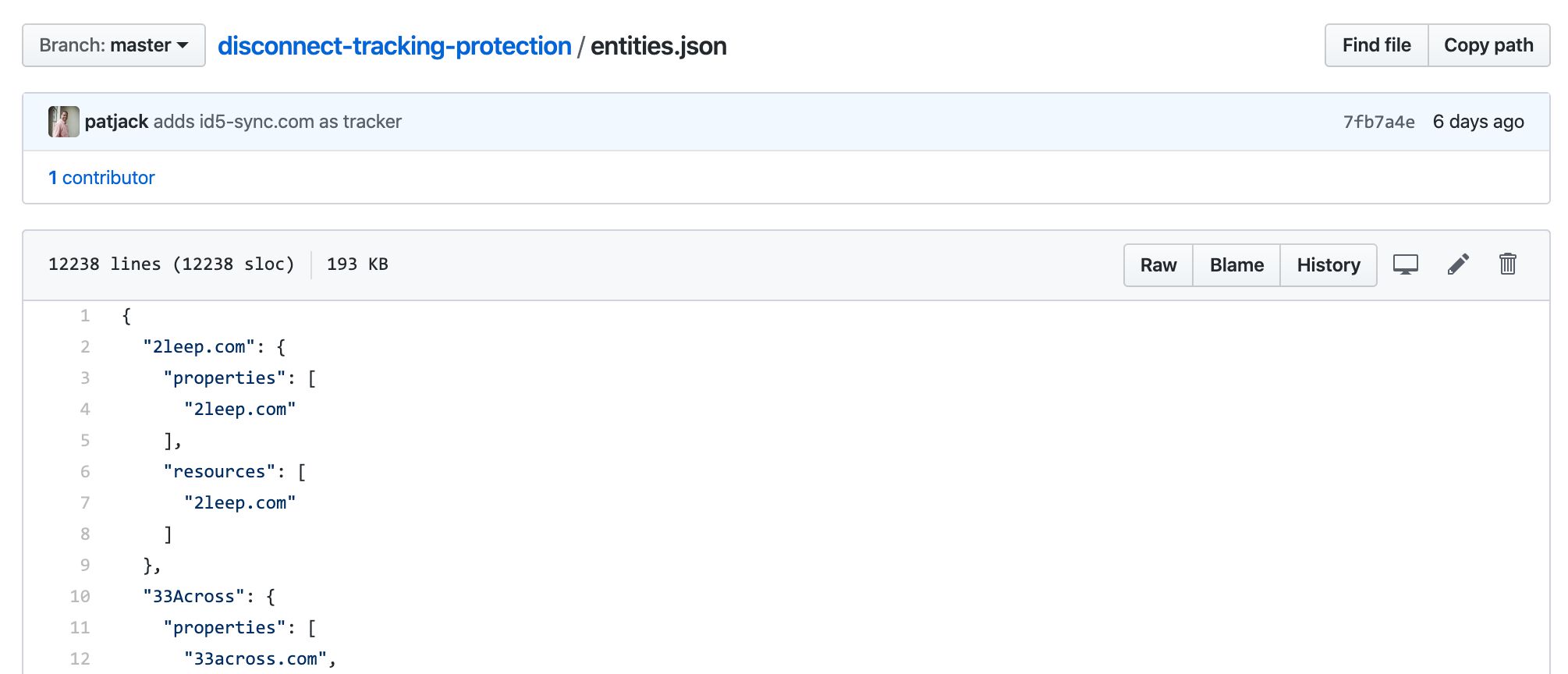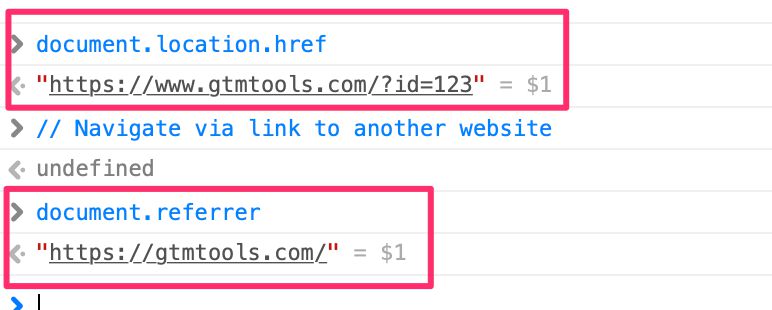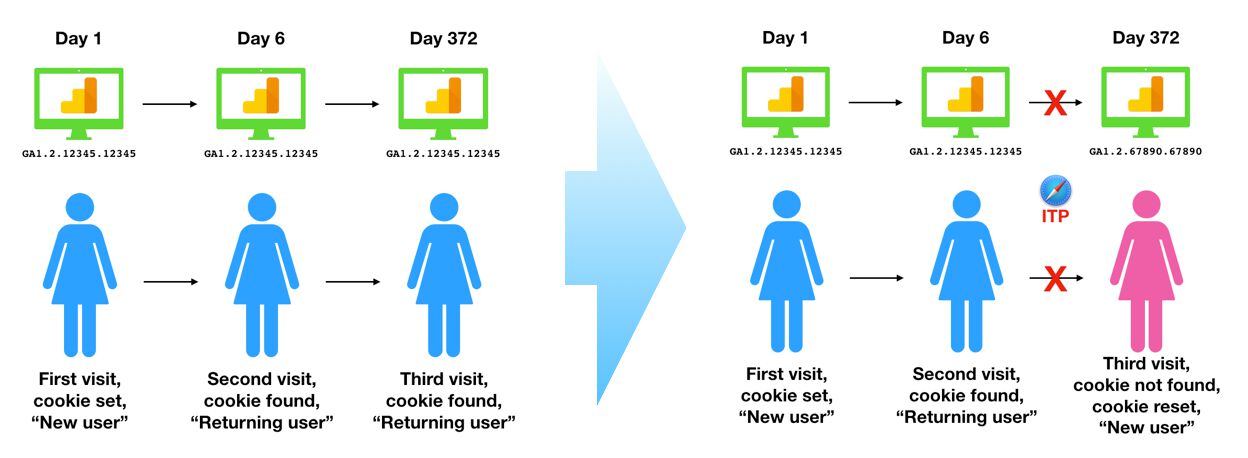Impact
The tracking protection measures taken by browsers have a widespread impact on a variety of things, including web development, advertising and marketing technologies, digital analytics, and user experience optimization.
Websites use cookies and other browser storage for a plethora of things, such as persisting login state, preserving items in a shopping cart, and for presenting tailored experiences in a first-party context, based on what the user has done while visiting the site.
Similarly, digital analytics uses anonymous/pseudonymous identifiers stored in first-party cookies to identify the hits collected across a span of time as coming from the same browser instance.
The methods used for cross-site tracking are often indistinguishable from those harnessed for more mundane purposes. Thus tracking protection measures tend to disrupt regular functionality of the web while seeking to eradicate malicious tracking.
Web development
Websites regularly utilize cookies in both first-party and third-party context for persisting user authentication, for storing marketing consent, for identifying active sessions, and for operating with <iframe> elements that embed content from other sites.
Cookies in third-party context
Because browsers like Edge and Firefox use lists (Trust Protection Lists and Disconnect.me, respectively) to collect information about known trackers, it’s unlikely that any regular website would get their domain blacklisted. It would require that domain to participate in a tracking scheme, and for some public push to get the domain classified as a tracking domain.

Beginning of the Disconnect.me entity list
On browsers like these, using their default tracking protection settings, websites could still continue to operate efficiently with third-party cookies.
Browsers like Safari and Brave block all third-party cookie access. This means that both benign (e.g. SSO flows) and cross-site tracking scenarios are neutered. Safari offers the Storage Access API as a way for sites to establish consent from the browser user for allowing access to third-party storage.
Because of this, websites that require third-party cookies should utilize the Storage Access API to get user’s consent to access first-party storage for a classified domain.

Requesting storage access via the API
Cookies in first-party context
With browsers such as Chrome, Edge, and Firefox, the first-party context is unimpacted when it comes to tracking protection.
With Safari, script-writable storage is impacted by Intelligent Tracking Prevention.
- Cookies set with JavaScript (
document.cookie) have a maximum expiration of 7 days or 24 hours, depending on where the user navigated from to the current page. - Other script-writable storage is restricted to 7 days in similar navigational scenarios.
This means that websites should avoid setting cookies with JavaScript where possible, and they should similarly avoid leveraging other script-writable storage for long-term persistence.
Cookies should never be used to store or send confidential information. They are inherently insecure, regardless of what flags are set when they are created.
Websites should set business-critical cookies with the Set-Cookie header using the SameSite and Secure flags. If the cookie does not need to be accessed by JavaScript, then the HttpOnly flag should be set as well.
By setting the cookie in an HTTP response, it is unimpacted by Intelligent Tracking Prevention’s restrictions on first-party storage.
Referrer downgrade
With cross-origin requests, browsers are moving to a stricter default policy of stripping the referrer to its origin, thus removing all path, query, and fragment identifiers from it.
Safari is taking an even stricter stance, stripping all cross-origin referrers to their origin, but also downgrading referrers to eTLD+1 (so www.mysite.com/path becomes mysite.com) when the navigation source is a classified domain with URL decoration.

Navigation from www.gtmtools.com (a classified domain) becomes a referrer string that's stripped to eTLD+1
Because of the unreliability of the referrer, websites should avoid placing too much importance on interpreting what is stored in the referrer string, especially when using JavaScript’s document.referrer.
The Brave browser has adopted an even stricter stance, where they opt to spoof the referrer on cross-origin requests:
Second, Brave modifies the referrer header when making cross origin requests. Brave “lies” on these requests, and says the request was being issued from the same domain being requested, instead of the true, cross-domain origin.
Advertising and marketing technologies
For AdTech vendors relying on storage access in third-party context, there are some tough times ahead. With Safari, Edge, and Firefox blocking third-party cookies for known trackers, it doesn’t take much for a vendor to be blocklisted or classified as a tracker, leading to severely handicapped tracking capabilities.
Vendors are becoming more outspoken in their attempts to work around browser restrictions. Some companies are approaching site owners with instructions on how to setup CNAME redirects and reverse proxies to avoid ad blockers from preventing data collection. The ethical nature of such approaches is questionable at best.
Even advertising that takes place in a first-party context (such as Google’s search ads) is being hampered by browsers’ efforts. Safari’s Intelligent Tracking Prevention reduces the maximum expiration for cookies and browser storage if the user navigates to the site from an ad click, and if the source of the navigation is a known tracker (e.g. Facebook or Google). Thus the site’s capability to attribute a conversion taking place in the near future to the ad click is compromised.
In short, for vendors requiring browser storage access in third-party context, these broad impacts can be observed:
- Ability to build graphs and profiles of users is restricted.
- Ability to target ads based on graphs and profiles of users is restricted.
- Ability to manage ad frequency is restricted.
- Ability to model attribution for view-through conversions is restricted.
- Ability to participate in cookie matching is restricted.
- Ability to provide demographics and interest data for analytics systems is restricted.
For vendors needing browser storage access in first-party context, these handicaps are in place:
- Ability to attribute conversions to ad clicks is somewhat restricted.
- Ability to measure efficiency of advertising is somewhat restricted.
- Ability to look back beyond the last touch in attribution models is somewhat restricted.
“Somewhat restricted” above refers to the fact that out of the major browsers, only Safari is currently restricting first-party storage access. Thus the severity of these restrictions depends on the typical share of Safari traffic on the advertised website.
Digital analytics
Digital analytics is an industry that measures, among other things, the effectiveness and return on investment of advertising.
There are analytics ventures that rely on cross-site tracking to analyze how uses are navigating across the websites of the internet, though much of this analytics is often done in addition to the primary focus of targeted advertising.
However, there is an industry of first-party analytics, where the focus is on users who browse the website (or websites) of the organization, providing data and information about user behavior. This data can then be used to improve the user experience of the site, to build more effective campaigns, and to attribute conversions to different channels.

Google Analytics is the most popular web analytics platform in use
On Chrome, Firefox, and Edge, the capabilities of digital analytics are not really restricted. Because much of digital analytics works with browser storage in first-party context, the restrictions on known trackers in third-party context do not impact the capability to monitor users browsing the website itself.
However, on Safari, especially since ITP 2.1, the accuracy of first-party analytics has been compromised as well.
Web analytics tools such as Google Analytics drop a first-party cookie when the user first visits a website. This cookie is typically given a long expiration, such as two years, and the cookie expiration is reset each time a Google Analytics script runs on the page.
The cookie value is random and unique - by default Google Analytics uses a random number and the timestamp of when the cookie was set (e.g. GA1.2.123456789.1575363021), but sometimes the identifier is just a UUID.
Google Analytics uses this cookie to identify that the separate hits coming from a user’s browser belong, in fact, to the same browser.

ITP impact on first-party analytics
Because this cookie is set with JavaScript, Safari’s ITP restricts its expiration to the maximum of 7 days. This means that as long as the user visits the site with fewer than 7 days between each visit (and don’t flush cookies for any other reason), they would be considered the same user. But if the visit frequency ever goes past 7 days, the user’s cookie is reset and they would be considered a “New user” by the analytics tool.
With ITP 2.2, cookie expiration is reduced to 1 day if the user followed a decorated link from a known tracker (e.g. a Google ad click), making it even more difficult to analyze user behavior past a very short time window.
Websites can move these identifier cookies to HTTP responses rather than have them be set with JavaScript. For now, this would preserve the expiraton of such cookies.
Referrer downgrade impacts web analytics as well, because these platforms often provide channel data based on campaign identifiers in the URL and/or information stored in the referrer string. By downgrading referrers to their origins, web analytics tools can no longer accurately measure which particular page brought the user to the current site.
User experience optimization
Here, user experience optimization covers the broad topics of conversion (rate) optimization and content personalization. The purpose of such efforts is to dynamically alter what the user might see on a website, based on random distribution to different variants, or based on targeting algorithms that choose the most suitable variant or content for the user.
For experimentation and data collection, it’s important that the user’s experience on the site be consistent. Being exposed to a different variant of the site with every page load can lead to confusion and introduce friction, especially in ecommerce contexts.

Storage specification on the Optimizely platform https://bit.ly/2YdKmVG
To ensure consistency, optimization platforms set identifiers in the user’s browser storage that tells these platforms which experimentation variant or personalization group they belong to. This storage would typically be accessed in a first-party context, but if the optimization derives targeting parameters from a global profile, the storage access might be required in a third-party context, too.
Because the vendors often provide their solutions using global content delivery networks (CDN), these domains tend to get blacklisted in browsers’ tracking protection lists and algorithms. Thus their capability to deliver experiences based on data harvested from third-party storage is compromised.
Similar to digital analytics, first-party storage for content optimization is also restricted on Safari. Due to the short expiration time of script-writable storage, experimentation and personalization platforms can’t deliver consistent experiences. In addition to this, the inability to control the sample sizes and deduplicate conversions often leads to too much noise in the calculation of statistical significance for the experimentation variations.
Optimization platforms and websites running them should look into utilizing HTTP headers for getting and setting these cookies and for determining which content to show to the user, rather than the JavaScript APIs that have been compromised by Safari’s ITP.